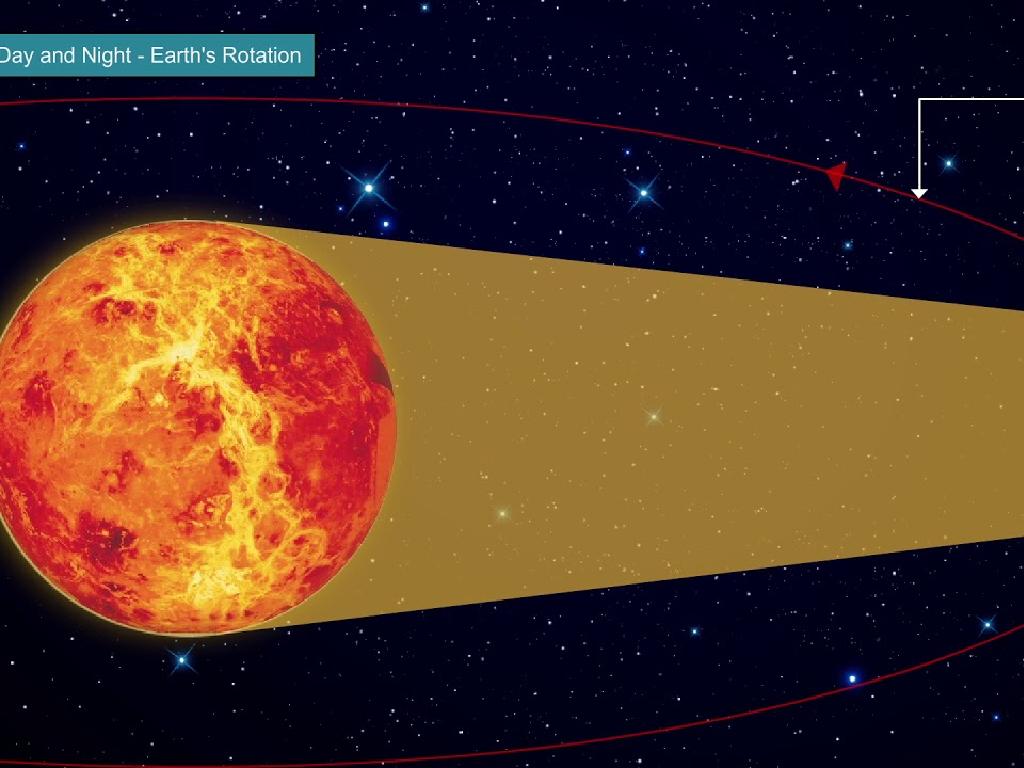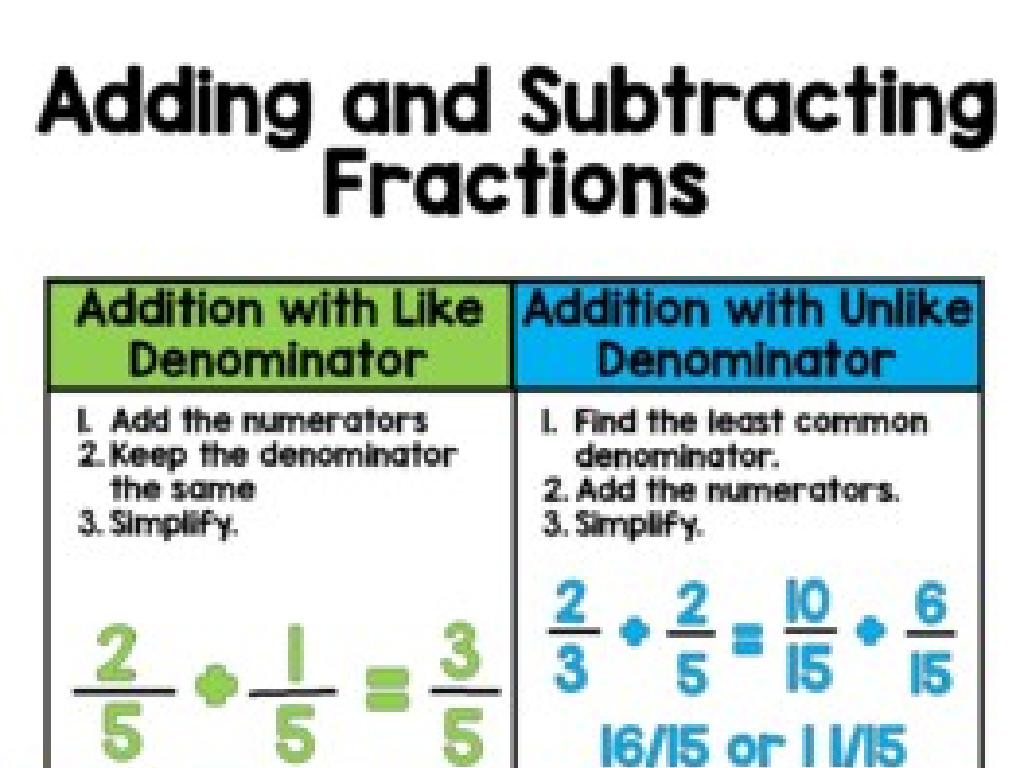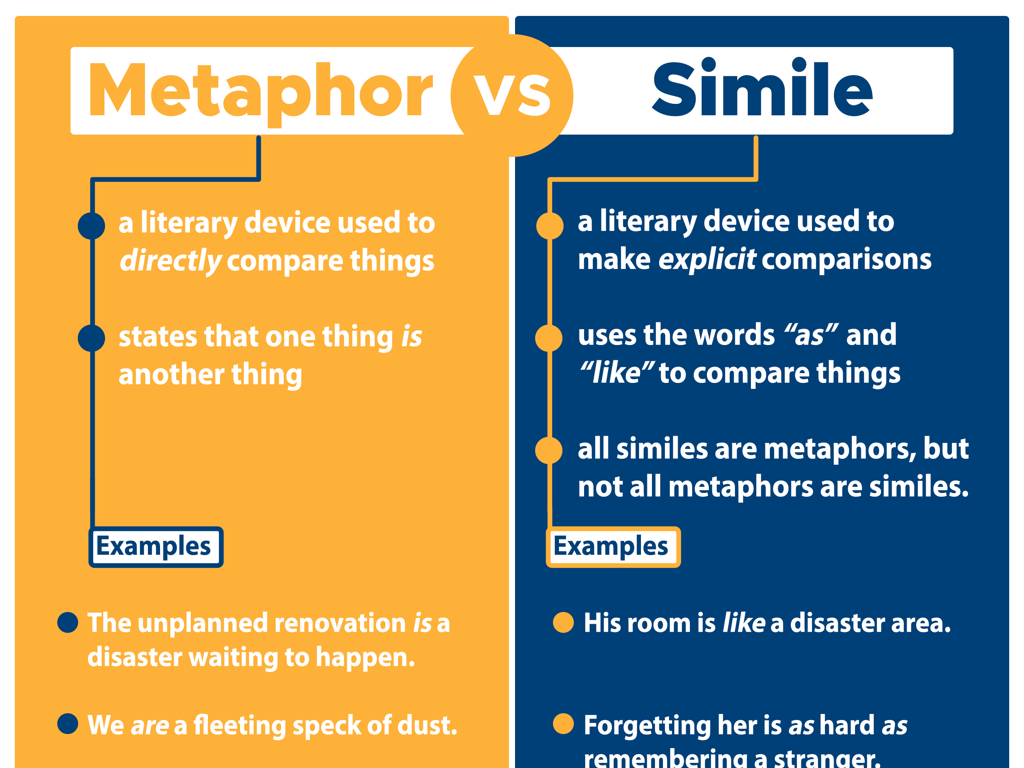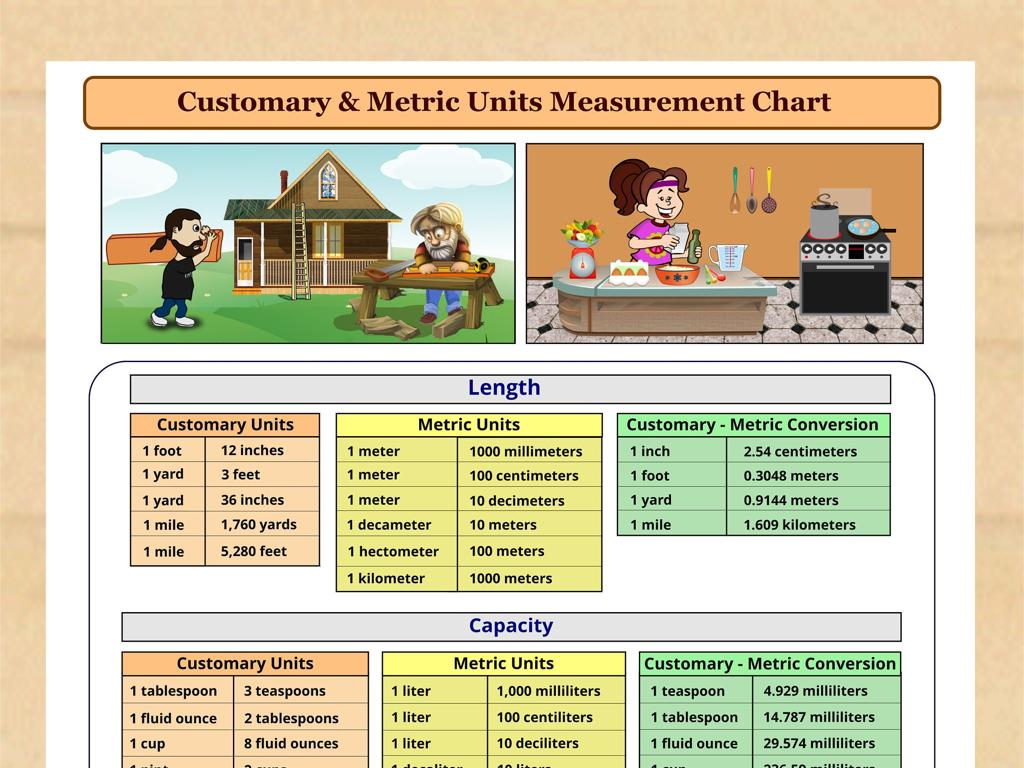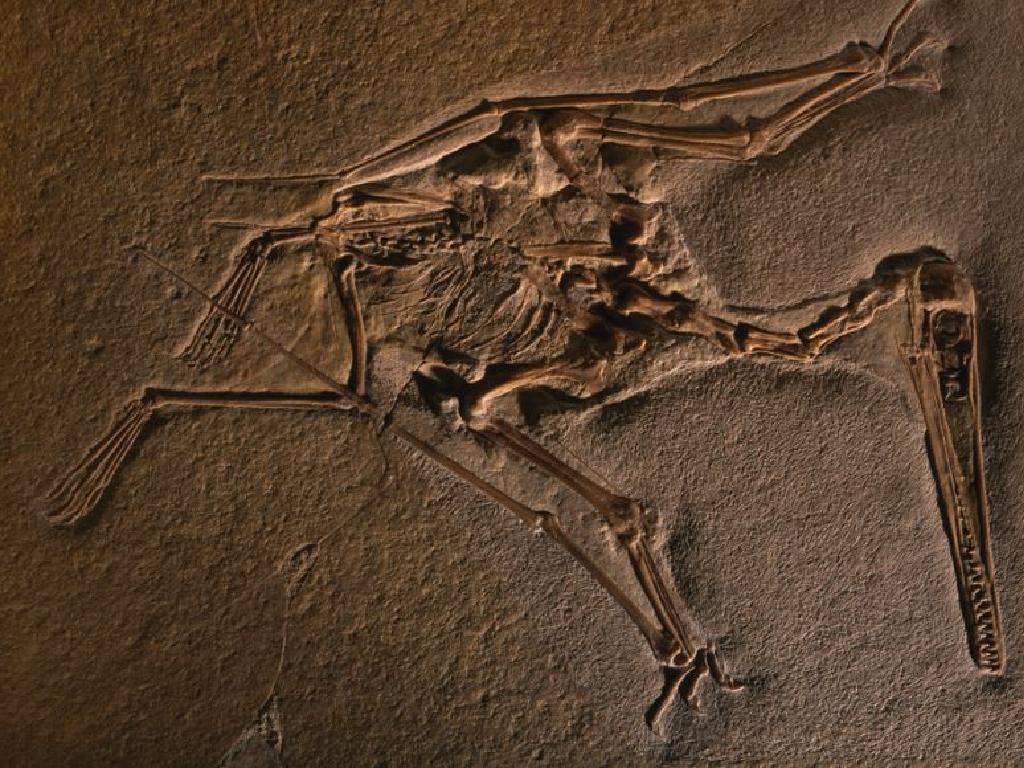Perimeter Of Rectangles
Subject: Math
Grade: Third grade
Topic: Perimeter
Please LOG IN to download the presentation. Access is available to registered users only.
View More Content
Exploring Perimeter: Rectangle Perimeter
– Perimeter is the border length
– It’s like measuring the fence around a garden
– Perimeter’s role in real life
– Helps in fencing yards, framing pictures
– Today’s focus: Rectangles
– A rectangle has 4 sides with opposite sides equal
– Calculating rectangle perimeter
– Add up all sides or use formula 2(l + w)
|
Begin the lesson by explaining that perimeter is the total length around a shape, similar to measuring the length of a fence around a garden. Emphasize the importance of perimeter in everyday situations, such as determining the amount of fencing needed for a yard or the border for framing a picture. Focus the discussion on rectangles, highlighting that they have four sides with opposite sides being equal in length. Teach students the formula for finding the perimeter of a rectangle, which is 2 times the sum of its length and width (2(l + w)). Use real-world examples and encourage students to think of situations where they might need to calculate the perimeter of rectangular objects.
Understanding Perimeter of Rectangles
– Perimeter: border around a shape
– Measuring perimeter steps
– Add up all the sides’ lengths
– Units for measuring perimeter
– Inches, feet, centimeters, meters, etc.
– Practice with rectangle perimeters
– Use a ruler to measure sides of rectangles
|
This slide introduces the concept of perimeter as it applies to rectangles, which is a key concept in third-grade mathematics. Begin by explaining that the perimeter is like the border or fence that goes all the way around a shape. Teach the students the basic method for measuring perimeter by adding the lengths of all the sides of the rectangle. Discuss the different units of measurement they might use, such as inches or centimeters, and when to use each one. For the activity, provide students with rulers and have them practice measuring the sides of various rectangles and calculating the perimeter. This hands-on activity will help solidify their understanding of the concept.
Exploring the Perimeter of a Rectangle
– A rectangle has two lengths and two widths
– Perimeter formula: P = 2(length) + 2(width)
– Add twice the length and twice the width
– Labeling rectangle sides
– We’ll draw and label the sides as a class
– Practice finding perimeter
– Use the formula to calculate perimeter
|
This slide introduces the concept of perimeter in the context of rectangles. Start by explaining that a rectangle has four sides, with opposite sides being equal in length. Introduce the formula for calculating the perimeter of a rectangle, emphasizing the need to add together the lengths of all four sides. Use a visual aid to label the sides of a rectangle on the board, and then guide the students through the process of applying the formula to find the perimeter. Provide several examples with different lengths and widths for the students to practice. Encourage the students to think about where they might see rectangles in real life and how they could measure the perimeter of objects like books, tables, or rooms.
Let’s Practice Finding Perimeters!
– Calculate perimeter with given dimensions
– Add length and width, then multiply by 2. For 5 in + 3 in, perimeter is 16 in.
– Use perimeter to find missing width
– Subtract double the length from perimeter, then divide by 2. For 20 in – 14 in, width is 3 in.
|
This slide is a class activity designed to reinforce the concept of perimeter in rectangles. For the first example, guide the students to add the length and width of the rectangle and then multiply by 2 to find the perimeter. For the second example, instruct them to double the length and subtract it from the total perimeter to solve for the missing width. Encourage students to work through these problems in pairs or small groups, and then share their solutions with the class. Provide additional practice problems with varying dimensions to ensure students are comfortable with these calculations.
Class Activity: Exploring Rectangle Perimeters
– Calculate rectangle perimeter
– Add up all sides of the rectangle
– Discuss answers together
– Learn from any mistakes
– Where did we go wrong? How can we fix it?
– Understand perimeter concept
– Perimeter is the total distance around the shape
|
This interactive class activity is designed to help students apply their knowledge of calculating the perimeter of rectangles. Provide each student with a rectangle (either on paper or digitally) with different lengths and widths. Ask them to calculate the perimeter by adding the lengths of all four sides. Once everyone has finished, discuss the answers as a class to ensure understanding and address any common errors. Use incorrect answers as learning opportunities to reinforce the concept of perimeter. Encourage students to explain their thought process and how they arrived at their answers. This activity will help solidify their understanding of perimeter in a practical and engaging way. Possible variations of the activity could include using string to measure objects in the classroom, drawing rectangles on the board for group work, or using manipulatives to build and measure the perimeter of physical shapes.
Perimeter in Real Life
– Why learn about perimeter?
– Plan a garden with perimeter
– Measure sides to buy enough plants
– Build a fence using perimeter
– Calculate total length for materials
– Frame a picture perfectly
– Ensure your frame fits just right
|
Understanding the concept of perimeter is essential for various real-life applications. It’s not just a mathematical concept but a practical tool used in everyday situations. For instance, when planning a garden, knowing the perimeter helps in determining how many plants we can place along the edges. Similarly, if we’re building a fence, we need to calculate the perimeter to know how much fencing material to purchase. When framing a picture, the perimeter tells us the size of the frame we need to ensure it fits perfectly. Encourage students to think of other areas where knowing the perimeter could be helpful. This will help them see the value of what they learn in math class and how it applies to the world around them.
Class Activity: Create Your Own Rectangle
– Gather your ruler, pencil, and paper
– Draw two unique rectangles
– Calculate the perimeter of each
Add all sides to find the perimeter
– Share your findings with the class
Explain how you calculated the perimeters
|
This activity is designed to provide hands-on experience with the concept of perimeter. Students will use a ruler to draw two rectangles of different sizes on paper, ensuring they understand that a rectangle has two sets of equal sides. After drawing, they will calculate the perimeter by adding the lengths of all four sides. Encourage students to use different units of measurement for each rectangle to practice converting between units. Possible variations of the activity could include using string to measure the sides, drawing rectangles with specific perimeters, or finding objects in the classroom to measure and calculate the perimeter. This will help students understand that perimeter is the total distance around the edge of a shape and can be applied to real-world objects.
Review and Quiz: Perimeter of Rectangles
– Recap: What is perimeter?
– Perimeter is the total distance around a shape
– Board Quiz: Solve perimeter problems
– Use length and width to find the perimeter of rectangles
– Understanding perimeter application
– How perimeter is used in real life, like fencing a garden
– Next Topic: Area of Rectangles
|
This slide is aimed at reviewing the concept of perimeter, specifically for rectangles, and assessing the students’ understanding through a quick quiz. Start by asking the students to define perimeter in their own words to reinforce their understanding. Then, move on to the interactive board quiz where students come up to the board to solve perimeter problems. Discuss how perimeter is used in practical situations, such as determining the amount of material needed to fence an area. Conclude by introducing the next topic, the area of rectangles, to pique their interest for the upcoming class. The quiz should include a variety of problems, some straightforward and some requiring critical thinking, to cater to different learning levels.

